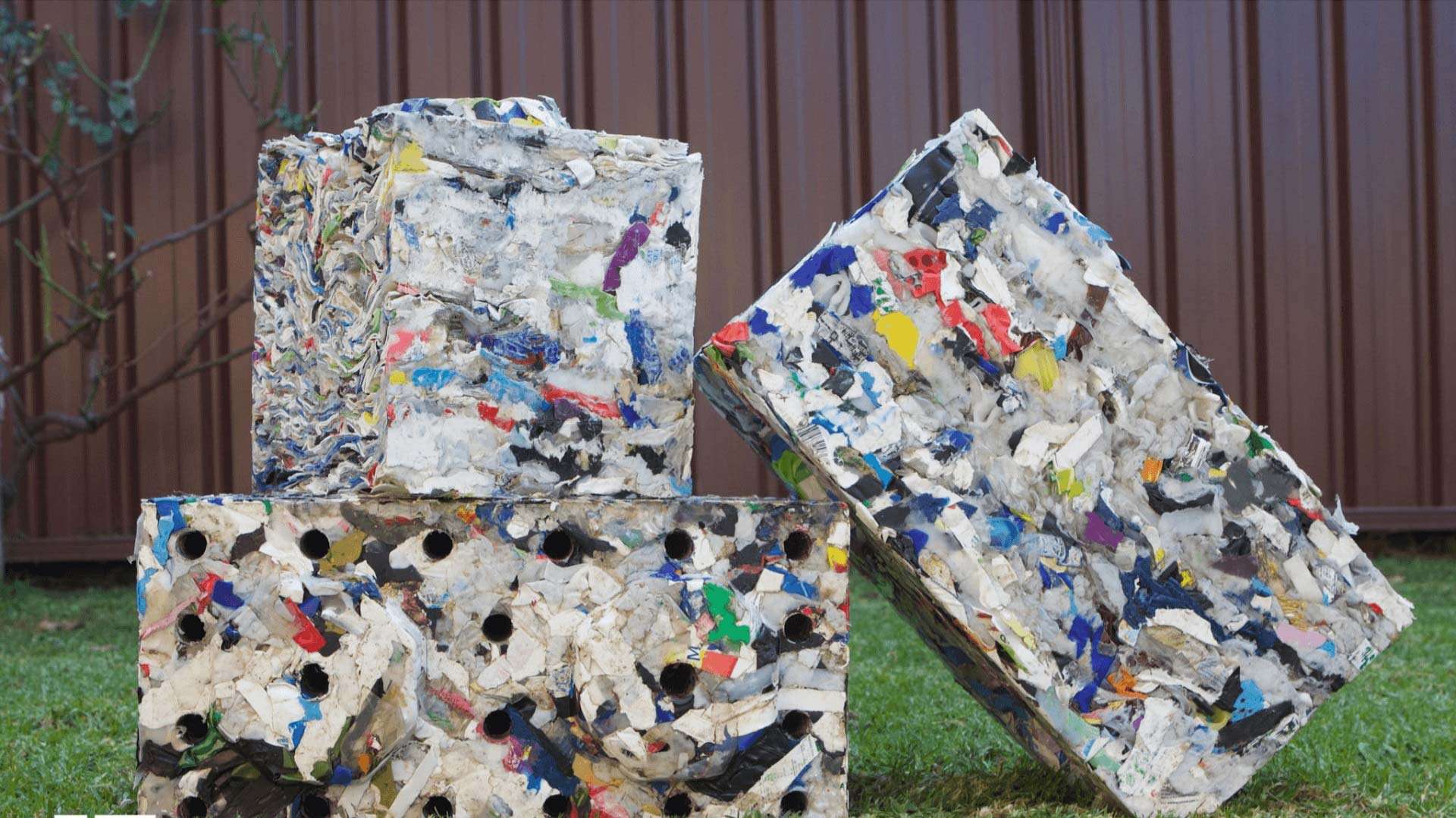The question of whether plastic can be recycled into building materials is no longer just a hypothetical; it’s a burgeoning reality with the potential to revolutionize the construction industry and significantly reduce our reliance on virgin resources․ As our planet grapples with mounting plastic waste‚ exploring innovative avenues for its reuse becomes increasingly critical․ Imagine a world where homes are constructed from repurposed plastic bottles‚ creating durable and affordable housing solutions․ This paradigm shift towards sustainable building practices offers a glimmer of hope in the face of environmental challenges‚ proving that plastic can be recycled into building materials and reshape our urban landscapes․
The Advantages of Using Recycled Plastic in Construction
Utilizing recycled plastic in construction offers a multitude of benefits‚ extending beyond simply diverting waste from landfills․
- Reduced Carbon Footprint: Manufacturing new building materials often requires energy-intensive processes․ Recycled plastic requires significantly less energy to process‚ thereby reducing the overall carbon footprint of construction projects․
- Durability and Longevity: Certain types of recycled plastic exhibit exceptional resistance to weathering‚ pests‚ and decay‚ making them ideal for long-lasting building components․
- Cost-Effectiveness: Depending on the specific application and location‚ recycled plastic building materials can be more cost-effective than traditional options like concrete or timber․
- Lightweight Properties: Plastic is generally lighter than traditional materials‚ simplifying transportation and installation‚ ultimately reducing labor costs․
Types of Recycled Plastic Building Materials
The versatility of plastic allows it to be transformed into a wide range of building materials․
- Plastic Lumber: Used for decking‚ fencing‚ and landscaping applications‚ offering a durable and low-maintenance alternative to wood․
- Bricks and Blocks: Made from compressed recycled plastic‚ providing a lightweight and strong building block for walls and foundations․
- Roofing Tiles: Offering a lightweight‚ waterproof‚ and weather-resistant roofing solution․
- Insulation: Recycled plastic can be processed into insulation materials‚ improving energy efficiency and reducing heating and cooling costs․
- Panels and Cladding: Used for interior and exterior wall coverings‚ providing a durable and aesthetically pleasing finish․
Challenges and Considerations
While the potential of recycled plastic in construction is immense‚ certain challenges need to be addressed․
- Material Quality and Consistency: Ensuring consistent quality and performance of recycled plastic building materials is crucial for structural integrity․
- Public Perception and Acceptance: Overcoming skepticism and promoting the benefits of recycled plastic building materials is essential for wider adoption․
- Recycling Infrastructure: Improving recycling infrastructure and collection systems is vital for ensuring a sufficient supply of recycled plastic feedstock․
- Regulations and Standards: Establishing clear regulations and building codes for recycled plastic building materials is necessary to ensure safety and compliance․
Comparative Table: Recycled Plastic vs․ Traditional Building Materials
| Material | Durability | Cost | Environmental Impact |
|---|---|---|---|
| Recycled Plastic Lumber | High | Moderate to High | Low |
| Traditional Wood Lumber | Moderate | Moderate | Moderate to High (deforestation) |
| Recycled Plastic Bricks | High | Moderate | Low |
| Concrete Bricks | High | Moderate | High (cement production) |







